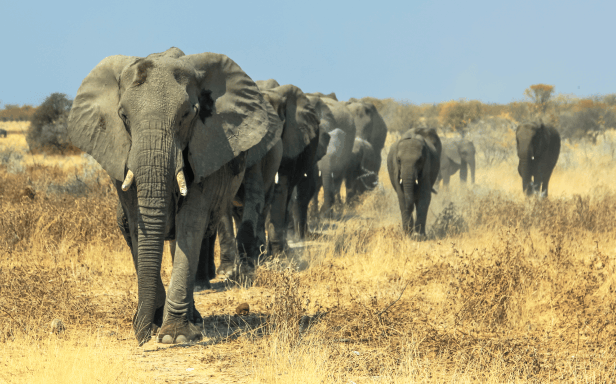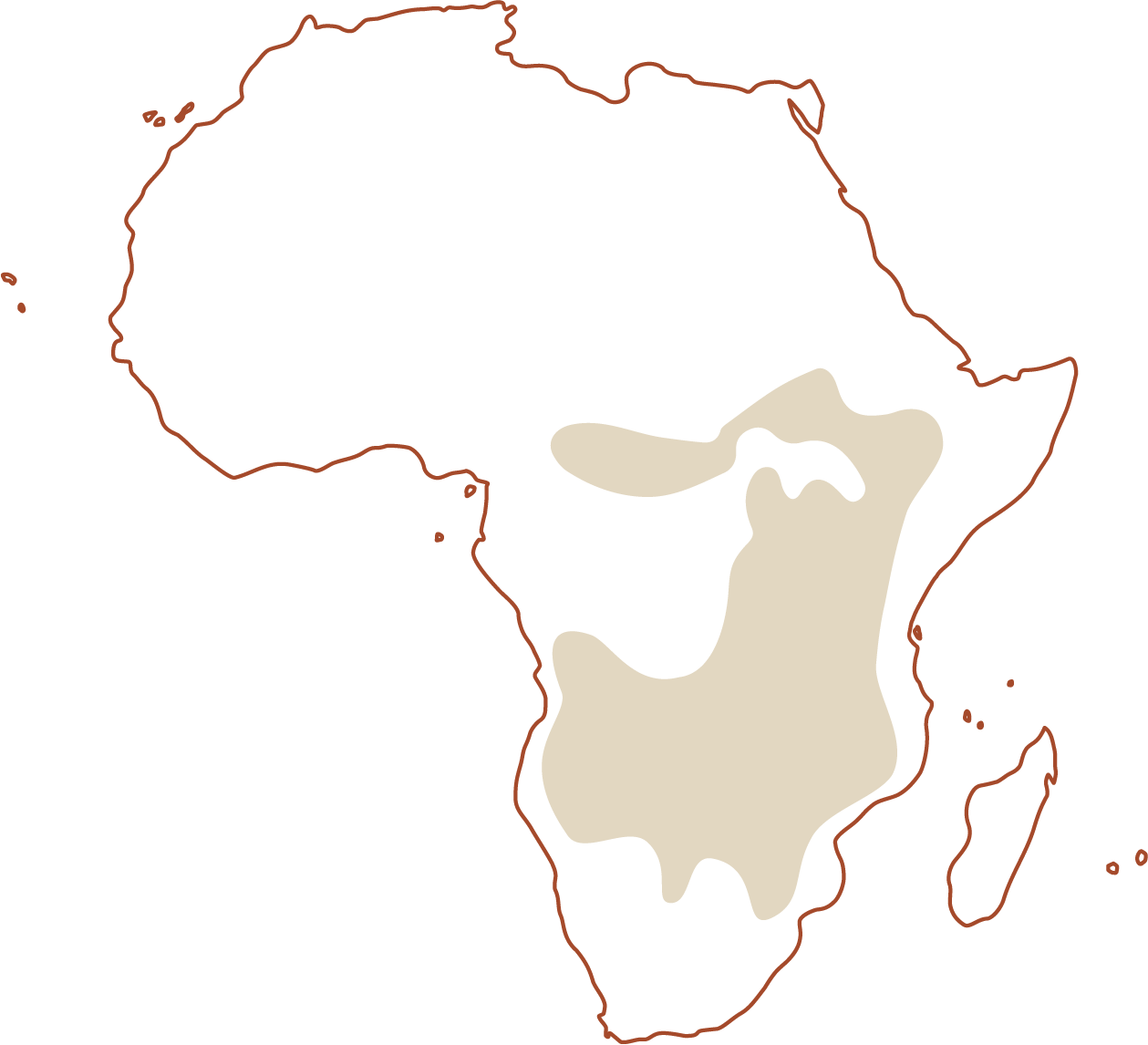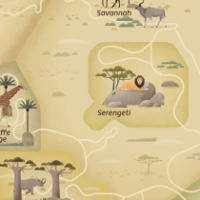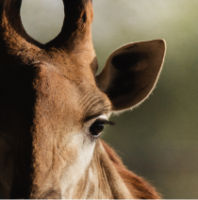
African Elephant
Loxodonta africana
African Elephants are the world’s largest land mammal. They have large ears, which they use to radiate heat and keep cool, and a long, multi-purpose trunk. This is not only used to smell and breathe but also to communicate, drink, and grab things (especially a potential meal).
African Elephant herds are matriarchal. The herds are made up of related females together with their young with the oldest female normally leading the group. They have pads on the soles of their feet that allow them to perceive vibrations made by other members of the herd, by females as a call for mating and they can even detect earthquakes.
Did you know: Elephants can consume up to 300 kg of food in a single day, including roots, grasses, fruit and bark.
Conservation
The biggest threat to the African Elephant is habitat loss, followed by ivory poaching. Habitat loss leads to increased human-wildlife conflict which results in animals been killed or forced back into overcrowded protected areas where they can face food and water shortages.
- Species
- African Elephant
- Length
- 4-5 m
- Height
- 2.5-4 m
- Weight
-
4-7 tonnes
- Calf
- 1
- Range
- Sub-Saharan Africa
- Conservation status
- Endangered
-


©2024 EPAA Sharjah All Rights Reserved

